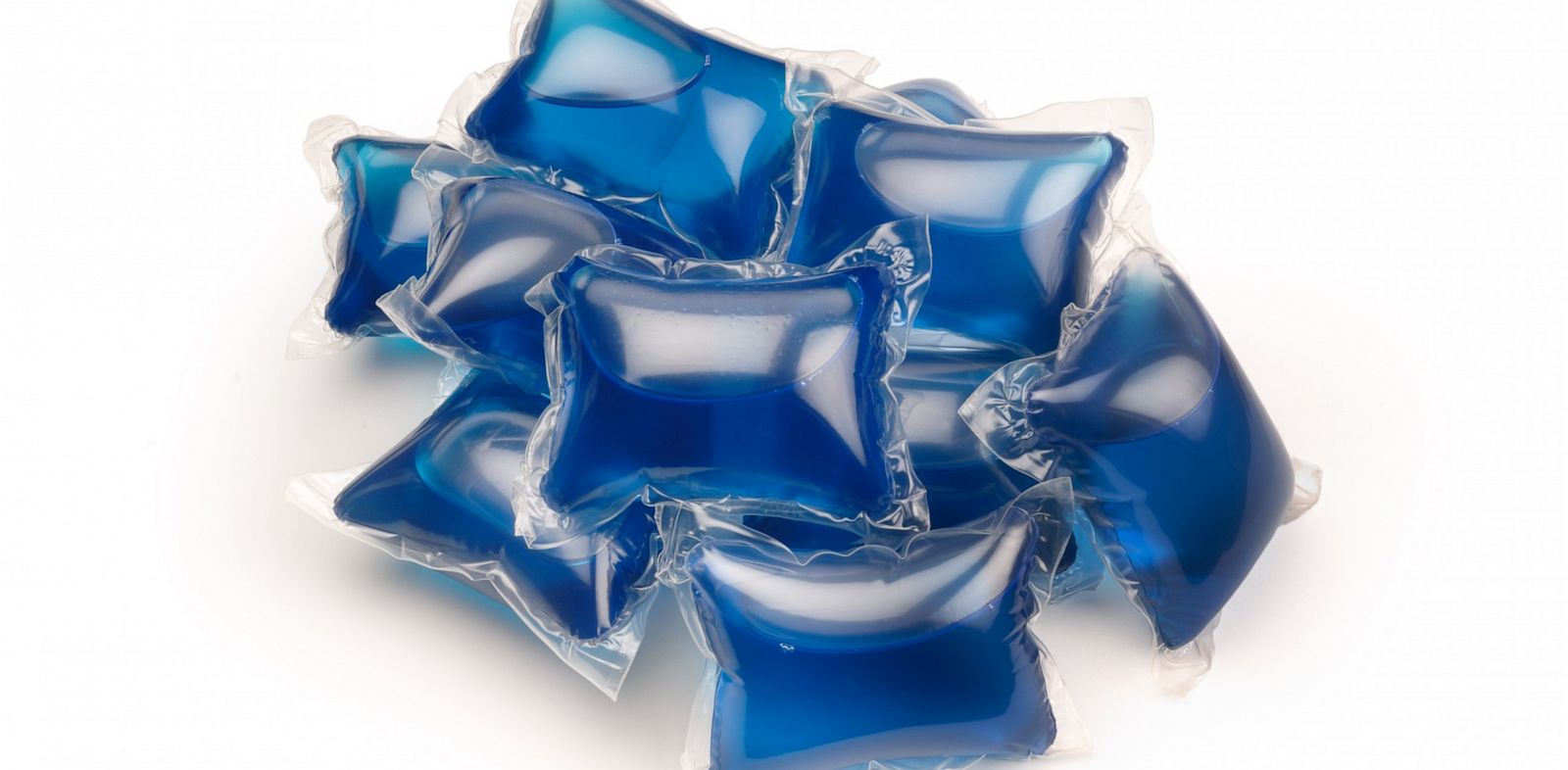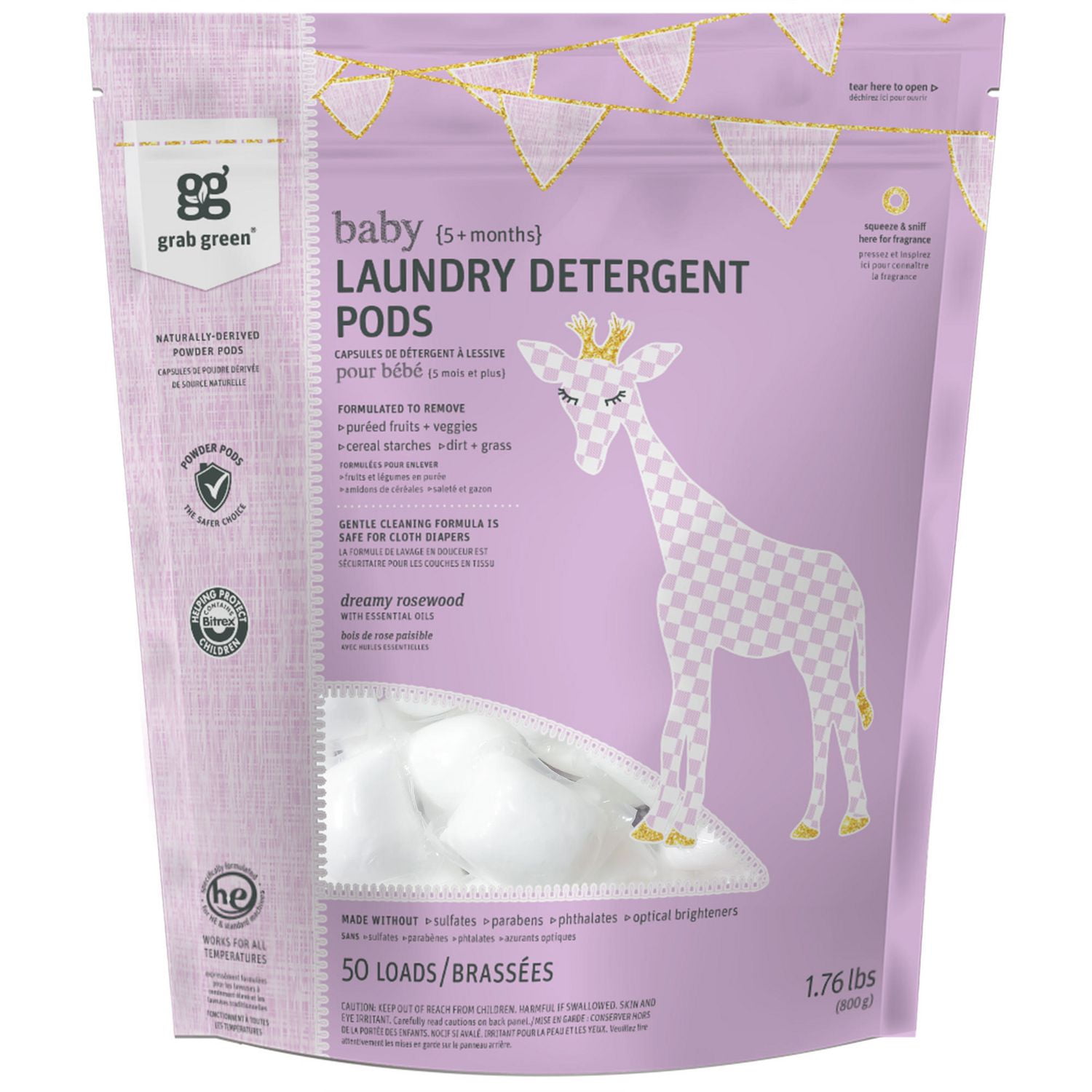

The Standard Safety Specification for Liquid Laundry Packets by the ASTM provides requirements for household Liquid Laundry Detergent Packet safety to reduce unintentional exposures to the contents of the packets, especially to children, and that apply exclusively to household Liquid Laundry Detergent Packets. The alert warned that children exposed to packet contents are “at risk of serious injury and even death due to the highly concentrated nature of the product.” Consumer Product Safety Commission (CPSC) to inform parents and caregivers that Liquid Laundry Detergent Packets need to be kept away from children. In November 2012, a Safety Alert was issued by the U.S. Standard Safety Specification for Liquid Laundry Detergent Packets In 2017, the Tide Pod Challenge emerged causing more concern about laundry detergent pod poisoning. In 2012, Procter & Gamble launched a liquid tablet product as Tide Pods. In 2005, Cot’n Wash, Inc., introduced liquid unit dose laundry pods under the Dropps brand.

Liquitabs were launched in 2001 in Europe (spelt as 'liqui-tabs' or 'écodoses' in different countries). The first powder dishwasher soft-tabs were then sold in Europe in the early 2000's under the Simply brand name. Powder Laundry Soluble Sachets were first marketed in the UK and Europe in 1998 as Soapy Sacks and shortly thereafter rebranded as Aquados and received a Millennium Award for the innovation. These products sometimes did not fully dissolve in United States washers. In the 1990s, Unilever and Henkel launched a similar laundry detergent pack product sold in Western Europe under the Persil brand. Laundry tabs were originally introduced in the 1960s in a compacted granular form (similar to an oral medical tablet), when Procter & Gamble launched Salvo tablets, later disappearing from the market in the 1970s. Detergent pods cost significantly more than liquid detergent for equivalent laundry loads. For large loads, most brands recommend two pods, with Tide suggesting up to three. Laundry pods were advertised as a way to reduce wasted use of powdered and liquid detergent by having precise measurements for a load. laundry detergent market sales according to market researcher Nielsen NV. Laundry pods are estimated to make up about 15% of the $7 billion-a-year U.S. While PVA is water-soluble and technically biodegradable under specific conditions, it's estimated that close to 15,000 metric tons of intact PVA either bypass or make it through treatment facilities every year.

The film is designed to be soluble in cold water. MonoSol is one of the companies that develops the water-soluble film used for laundry and dishwasher detergent packs, used by brands including Tide, with roughly $250 million in annual sales and controlling around 90-percent of the market. Although the formulas are similar, a detergent pack's liquids may contain 10% water compared to 50% in liquid detergents. The dissolvable packets are typically made of polyvinylalcohol (PVA) or a derivative of PVA. The chemistry of laundry detergent packs is the same as in liquid detergents (including alkylbenzenesulfonates). They first became popular in February 2012 when they were introduced by Procter & Gamble as Tide Pods (Ariel Pods in Europe). Notable brands of these packs include All, Arm & Hammer, Gain, Purex, Persil and Tide. Laundry detergent pods (or Pouches Of Detergent liquids or liquitabs) are water-soluble pouches containing highly concentrated laundry detergent, softener and other laundry products. ( May 2021) ( Learn how and when to remove this template message) You may improve this article, discuss the issue on the talk page, or create a new article, as appropriate. The examples and perspective in this article deal primarily with the United States and do not represent a worldwide view of the subject.


 0 kommentar(er)
0 kommentar(er)
